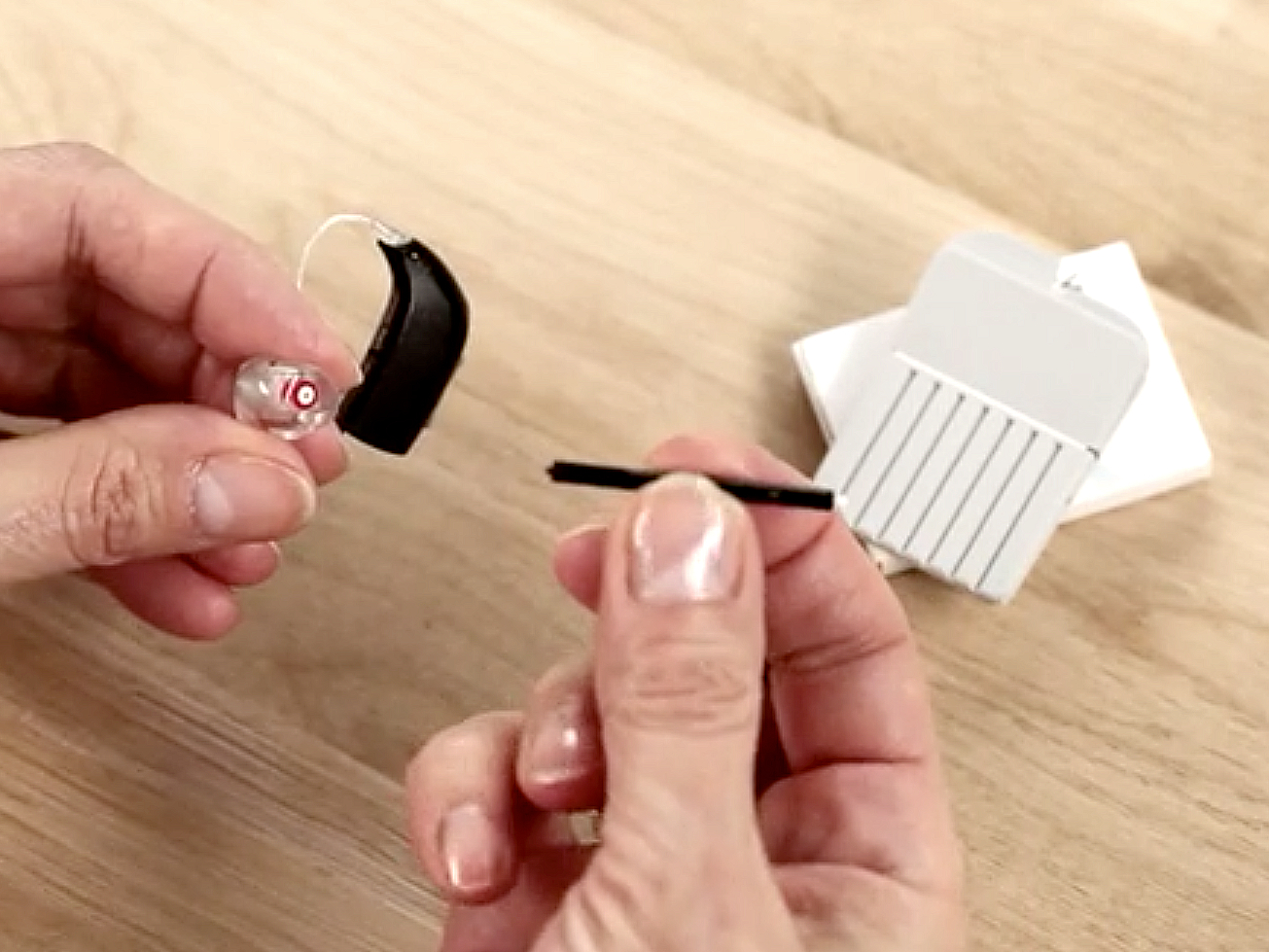
"Excellence we aspire; Performance we deliver".
Contact Us
Hearing aids are a significant investment, so it's good practice to learn how to clean and maintain them at home. These sophisticated, tiny marvels of technology operate in conditions that are far from ideal: the inside of your ear canals where they are subjected to earwax and moisture. Regular cleaning you can do yourself combined with routine maintenance provided by your hearing care professional will give you years of reliable better hearing. Before you get started, it may be helpful to review the various parts of a hearing aid.
Get the proper tools: A wax pick and brush are indispensable tools for at-home cleaning. Earwax can accumulate in the opening at the end of a hearing aid where the sound comes out causing muffled sound or feedback (whistling). Left long enough, it can damage the receiver. Use the pick and brush to gently clear wax away.
Establish good habits: Always wash your hands well before cleaning your hearing aids. Leave hearing aids out during your hygiene routine. Shower and wash your face and hair without your hearing aids in so water and soap can't damage them. Put your aids in after you apply hair products like sprays or gels.
Clean your device at the end of the day: Cleaning your hearing aids before bedtime gives them several hours to air out before you will put them in again. Avoid wipes with chemicals or alcohol when cleaning hearing aids as they could damage the devices.
Avoid extreme heat or cold: If the temperature is below freezing and you take your hearing aids out of your ears to shovel the driveway, leave them inside the house instead of stashing them in your coat pocket. Likewise, if you take your hearing aids out to jump in the pool on the hottest day of the summer, take them inside the house instead of leaving them on a poolside table.
Focus your cleaning on the openings in the device including the microphone ports using a soft-bristle toothbrush or a brush provided by your hearing healthcare professional to clear away built up wax. Hold the device with the opening you are cleaning facing downward so any loose particles will fall out of the hearing aid instead of staying lodged inside.
Next, use a wax pick or hook to clear anything out of the holes that didn't come out with the brush.
Finish by wiping the entire device with a clean, dry cloth or tissue. This will remove debris from the case of the hearing aid.
Examine the device for debris and remove it with a soft brush or a dry cloth.
Remove the earmold from the hook to clean it. Some earmolds, especially those made from soft materials, can become discolored and stain over time. Wiping them clean daily and soaking them in warm, soapy water once each week will help. Allow the molds to dry completely overnight before use, and do not use alcohol or other chemicals on them. Your earmolds may develop a slight odor over time, but a strong odor could indicate you have an ear infection, so consult your hearing healthcare professional if you notice it.
Use a bulb blower to force water out of the tubing and then allow it to dry completely overnight.
These common tools help keep hearing aids in pristine condition:
Hearing aid cleaning brush: The soft brush tip end cleans the body, faceplate or sound port of a hearing device. Some brushes have a magnetic battery removal tool to ease daily cleaning of aids.
Wax pick or wire loop: This tool is designed to help remove wax and other debris safely from hearing aid nooks and holes.
Multi-tool: These all-in-one tools are versatile because they contain both a brush and a wax loop for thorough cleaning.